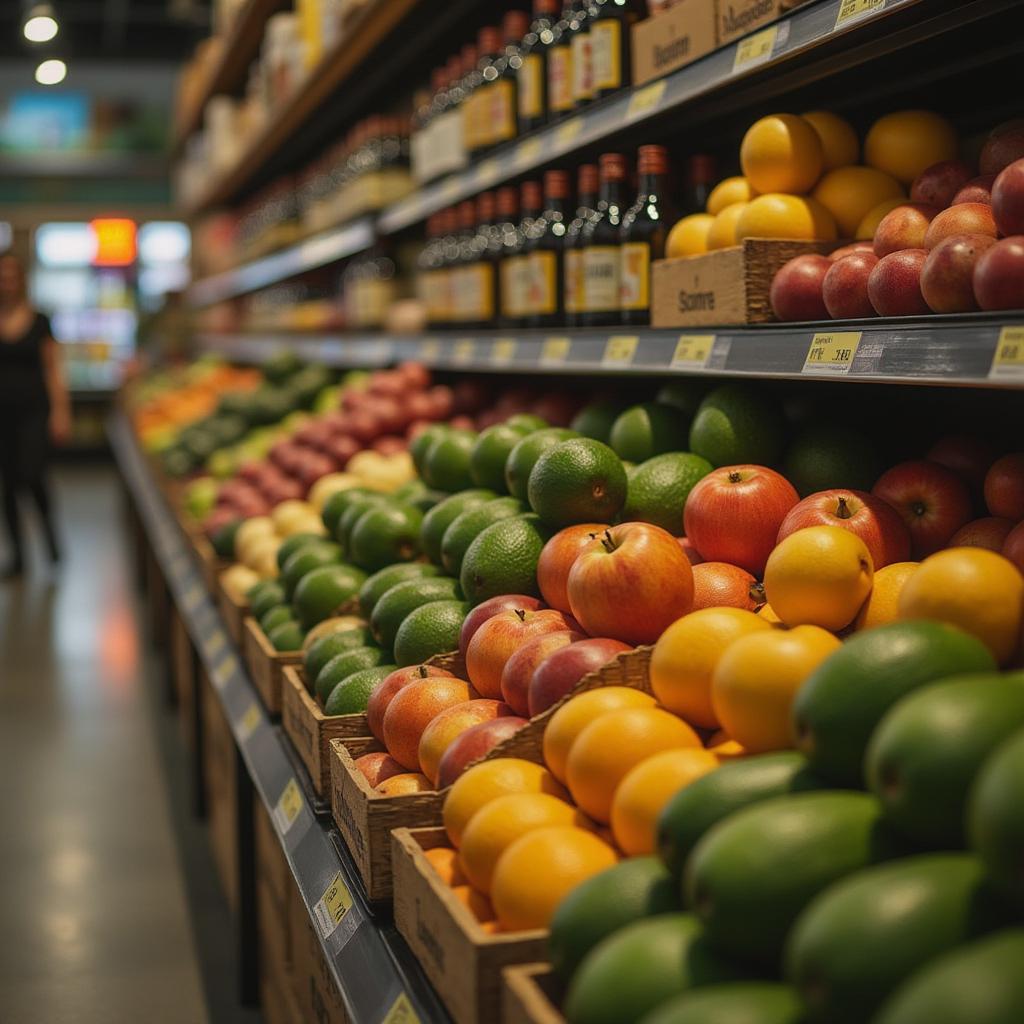
President Donald Trump has followed through on his plan to slap hefty tariffs on goods from Canada, China, and Mexico. Starting Tuesday, a 25% duty will hit most imports from Mexico and Canada, with a smaller 10% tax on energy products like oil. Chinese goods will also face an extra 10% tariff.
The aim? To address border issues like fentanyl and undocumented immigration. But economists and industry experts say these moves could hurt American wallets more than they help.
Higher Grocery Bills
Think your shopping list is safe? Think again. Mexico is the top supplier of fruits and vegetables to the U.S., while Canada leads in grains and meats. With tariffs in place, prices for everyday items like avocados, beer, and spirits could spike. Grocery stores, already working with tight margins, might pass these costs straight to shoppers.
Energy and Gas
The U.S. relies heavily on Canadian oil, importing $97 billion worth last year. While the tariff on energy products is lower (10%), it could still push up gas prices, especially in Midwest states like Illinois and Ohio. And if the tariffs stick around through the summer, the impact could be even bigger.
Cars and Parts
Your next car or repair bill might also feel the pinch. The U.S. imported $87 billion in vehicles and $64 billion in parts from Mexico last year. With a 25% tariff, automakers could face higher costs, which could mean pricier cars for consumers.
Beer and Alcohol
Your favorite beers and spirits aren’t immune either. Mexico supplies beloved brands like Modelo and tequila. Tariffs could drive up costs for companies like Constellation Brands, likely leading to higher prices at your local bar or store.
Home Construction
Building or buying a home? Get ready for more sticker shock. Canada provides 30% of the softwood lumber used in U.S. home construction. Tariffs on lumber and other materials like drywall could make new homes even more expensive, worsening the housing affordability crisis.
Electronics and Toys
From smartphones to sneakers, China is a major supplier of consumer goods. With tariffs on electronics, toys, and footwear, prices for these items could rise too.
